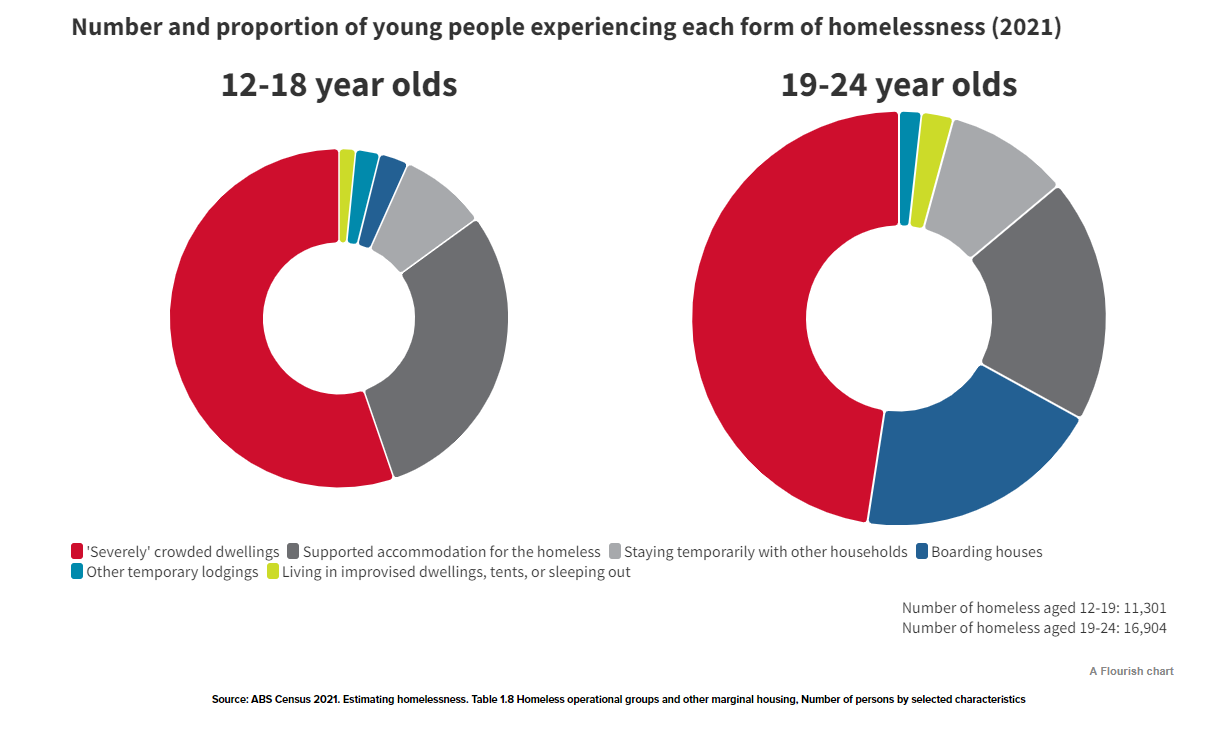

New AHURI research underscored the severe impact of the housing crisis on young Australians, highlighting how the absence of family support is a crucial factor in determining housing outcomes.
“Expensive housing costs have an impact on all segments of Australian society, but younger adults and teenagers are affected particularly badly as they have fewer economic resources to use to pay high rents or to consider buying a property,” AHURI said.
The research pointed out a significant reliance on family support among early career adults aged 25 to 34, particularly in cities like Sydney and Perth. About 40% of those surveyed expected some form of help from family to purchase homes.
“The ability to access such family support was the single biggest factor in being able to buy a home,” the AHURI study revealed, indicating a shift towards intergenerational wealth as a primary means of entering homeownership.
The housing crisis disproportionately affects younger age groups, with teenagers and young adults experiencing the highest levels of homelessness. The 2021 Census showed alarming rates of homelessness among 19 to 24-year-olds, with many living in severely crowded dwellings.
According to the Census, nearly one in four homeless individuals are aged 12 to 24 years, underscoring systemic issues like low income and insufficient affordable housing rather than individual circumstances.

Economic pressures are forcing more young adults to stay longer in their family homes, with the 2021 Census noting an increase in 15- to 24-year-olds living at home compared to a decade ago. This trend, according to AHURi, is driven by high housing costs and limited affordable options, exacerbated by the pandemic's impact on housing choices.
EMBED IMAGE: 04 19 Family home
Young people under 25, often in low-paid or part-time jobs, face distinct disadvantages in the housing market.
ABS data indicated that, on average, young people’s annual earnings are about half those of the next age bracket. Moreover, those reliant on youth allowance receive significantly lower benefits compared to adult welfare rates, further complicating their ability to afford independent living.
The AHURI brief stressed the need for safe and affordable housing solutions tailored to young people’s specific needs to prevent long-term homelessness and its intergenerational impacts.
“It is essential that housing solutions for young people are tailored to provide for their safety, and that they are not merged within more general accommodation for the adult homeless population,” AHURI said, advocating for prompt and effective interventions to support young adults in securing stable and affordable housing.
Recently, AHURI announced the funded research activities for the 2024 National Housing Research Program, which aim to tackle critical challenges in Australia’s housing systems.
Get the hottest and freshest mortgage news delivered right into your inbox. Subscribe now to our FREE daily newsletter.
